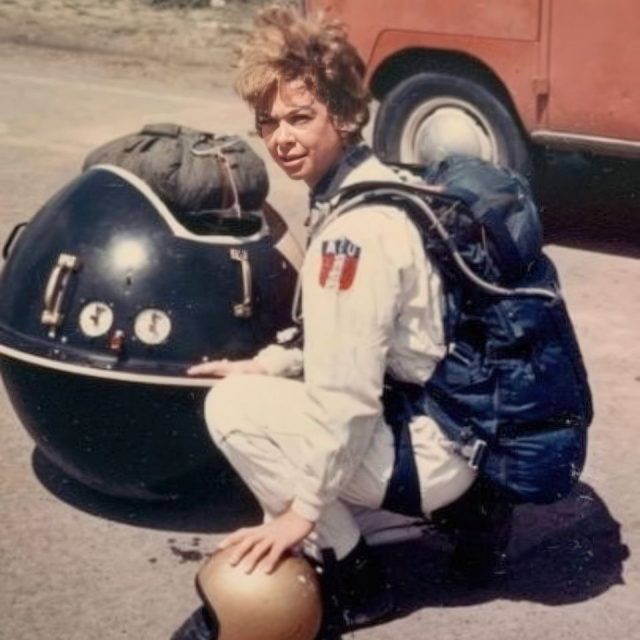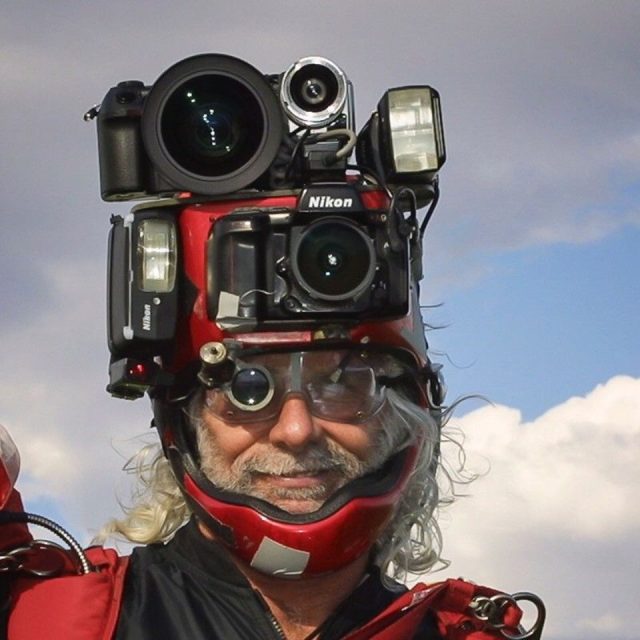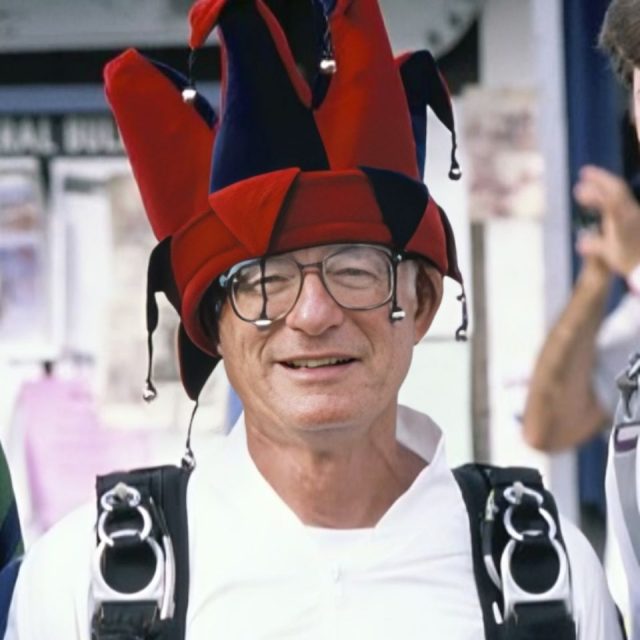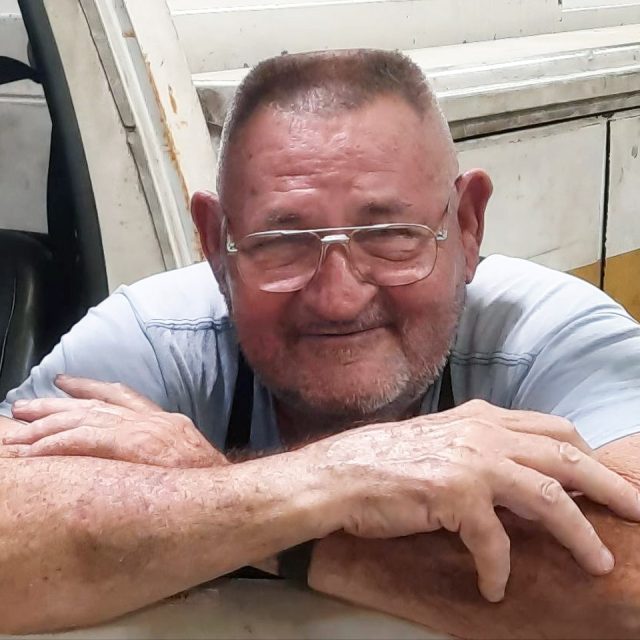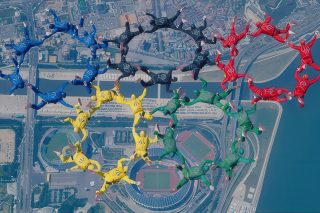Lyle Cameron

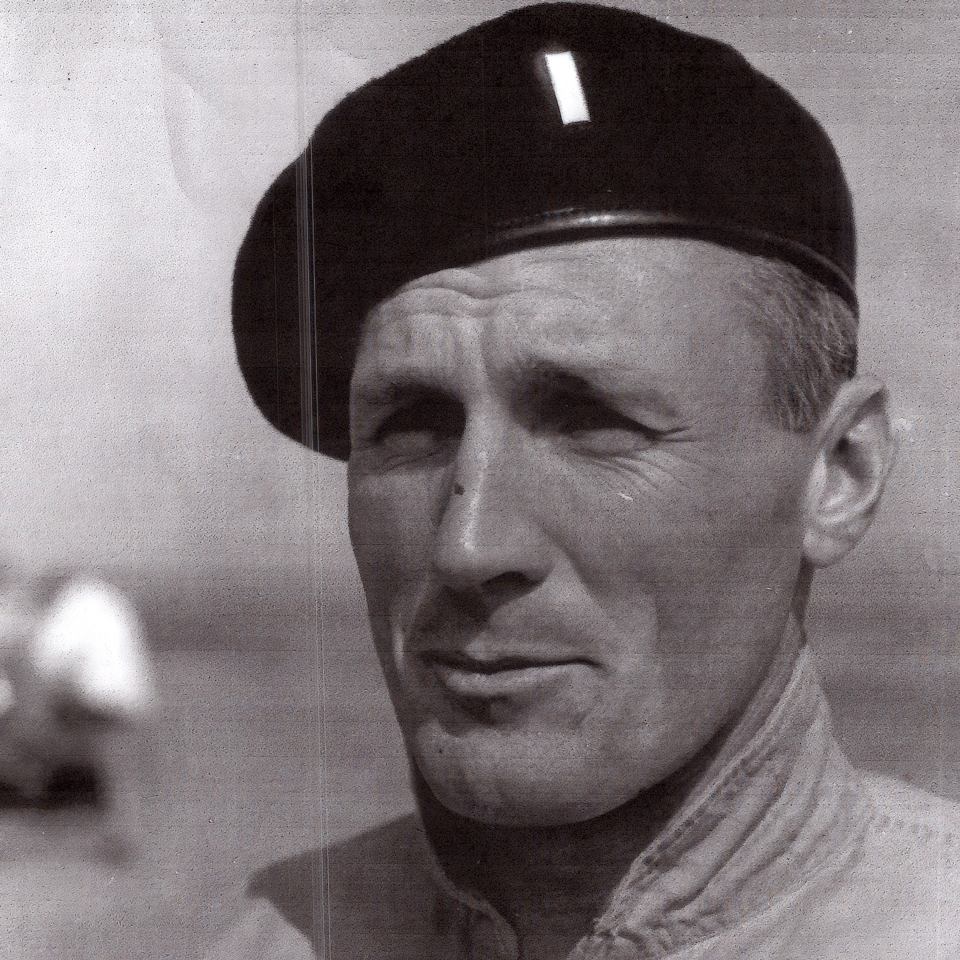
Lyle Cameron Sr. was among the boldest and most colorful figures in the early decades of American skydiving. A decorated veteran, athlete, performer, and fierce advocate for change, Cameron’s contributions to the sport stretched across every imaginable facet—from innovation and media to governance, judging, and instruction. His life was marked by vision, courage, and complexity—and his legacy is one that helped define an entire era of skydiving.
Born on January 2, 1931, in Union, Maine, Cameron was a standout athlete who later served in law enforcement and across three branches of military service, including the Marines, Army Special Forces, and Air National Guard. But it was in 1957, when he made his first skydive in Simi Valley, California, that his life took its most defining turn.
At a time when skydiving was still unregulated and experimental, Cameron made a name for himself through his daring and unconventional freefall experiments. He conducted jumps without sleeves or reserve canopies, explored the aerodynamics of falling objects (including grapefruits), and participated in early NASA canopy testing programs. His appetite for risk, paired with a sharp technical mind, made him one of the sport’s early innovators.
In the 1960s, Cameron gained national visibility as a stunt performer and on-screen skydiver in the popular TV series Ripcord. The show played a pivotal role in promoting skydiving to the American public, and Cameron’s involvement—alongside peers like Bob Buquor—helped establish a new level of professionalism in aerial cinematography. During filming, he survived a mid-air collision while attempting a transfer between aircraft, adding to his reputation for high-stakes flying.
Beyond performance, Cameron was deeply committed to the development of competitive skydiving. He joined the Parachute Club of America (now USPA) in 1958 and was elected to the Board in 1961, serving for nearly a decade. During this time, he became one of the first advocates for modern competition formats and scoring systems, often challenging convention to push the sport forward.
By 1965, Cameron had earned his FAI International Judge rating, traveling the world to judge and organize events—most notably in style and accuracy, where his standards and influence helped formalize the disciplines on an international scale.
As editor and publisher of Skydiver magazine, Cameron helped shape the sport’s public dialogue—offering editorial commentary that often questioned established norms and encouraged broader discussion on safety, fairness, and governance. His publication became a platform for both advocacy and dissent, earning a loyal readership during a formative time for the sport.
Cameron remained a central figure in skydiving for decades. He went on to judge international competitions such as the Pan American Championships, and later served in humanitarian aviation roles, flying C-123s and Caribous across Central and South America. He was injured during a high-altitude jump in the Andes but returned to skydiving shortly after.
In his later years, Cameron relocated to Tegucigalpa, Honduras, where he founded Tam Air, offering parachute sales, skydiving services, and pilot instruction. He remained active in both aviation and parachuting until June 19, 1993, when he was tragically killed while piloting a Cessna 180 returning from Trujillo. His last words, captured on radio, were: “We’re not going to make it.”
Lyle Cameron was a man of conviction—deeply principled, fiercely independent, and committed to elevating the sport of skydiving in both visibility and quality. He leaves behind a legacy of firsts: early experimental jumps, televised stunts, international judging credentials, and one of the first skydiving-focused magazines. Though his path was not without turbulence, the magnitude of his impact is undeniable.
His induction into the International Skydiving Hall of Fame acknowledges the indelible role he played as a pioneer, performer, critic, and change-maker—a man who helped skydiving grow up, even as the sport found its voice.
Hometown: Union, Maine
Date of First Jump: 1957
Born: January 2, 1931
Died: June 19, 1993
